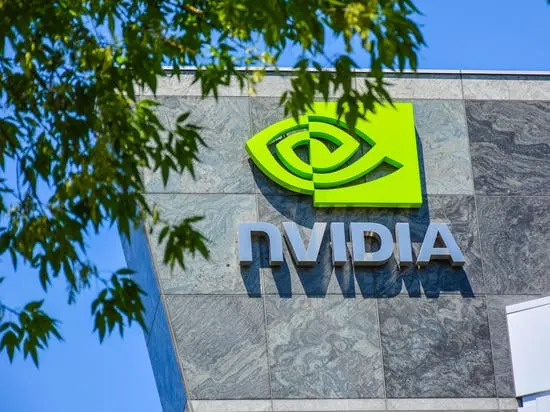Warning Signs for NVDA Investors
Before diving into the exciting news about NVIDIA’s partnership with Uber, it is essential to acknowledge that GuruFocus has detected 4 warning signs associated with NVDA. These warning signs should not be taken lightly and may indicate potential issues that investors should be aware of.
-
Warning Sign 1: Low Operating Cash Flow Margin
- A low operating cash flow margin can indicate that a company is struggling to generate sufficient cash from its operations, which may impact its ability to invest in research and development, pay dividends, or expand its business.
- This warning sign suggests that NVDA’s management team may need to focus on improving the company’s operating efficiency to increase profitability.
-
Warning Sign 2: High Total Debt-to-Equity Ratio
- A high total debt-to-equity ratio can indicate that a company is taking on too much debt, which may lead to financial instability and increased risk for investors.
- This warning sign suggests that NVDA’s management team should prioritize reducing its debt burden to maintain a healthy balance sheet.
-
Warning Sign 3: High Short Interest
- A high short interest ratio can indicate that investors are bearish on the company’s prospects, which may lead to increased volatility and downward pressure on the stock price.
- This warning sign suggests that NVDA’s management team should focus on communicating its growth strategy and improving investor confidence.
-
Warning Sign 4: Negative Net Income
- A negative net income can indicate that a company is experiencing financial difficulties, which may impact its ability to invest in research and development, pay dividends, or expand its business.
- This warning sign suggests that NVDA’s management team should prioritize improving the company’s profitability through cost-cutting measures, product innovation, or strategic partnerships.
NVIDIA and Uber Partner to Accelerate Development of AI-Powered Autonomous Cars
NVIDIA (NVDA) and Uber Technologies (UBER) have partnered to accelerate the development of artificial intelligence-powered autonomous cars. The two companies announced their collaboration in a joint statement, highlighting the use of NVIDIA’s DGX Cloud and Cosmos platform to improve the scalability and efficiency of autonomous driving solutions.
Leveraging Data and Innovation for Autonomous Vehicle Development
Uber wants to leverage its vast data and expertise to develop autonomous vehicles that can navigate complex road environments safely and efficiently. By partnering with NVIDIA, Uber aims to accelerate the development of AI-powered autonomous cars through the integration of innovative technologies such as generative AI capabilities and world foundation models.
Unlocking Resource Constraints with DGX Cloud
DGX Cloud is a managed, high-performance artificial intelligence platform built on NVIDIA’s latest designs. This platform enables developers to create AI models across multiple cloud environments, reducing resource constraints and costs. By leveraging DGX Cloud, developers can increase the availability of AI tools, leading to faster development cycles and improved innovation.
Fostering Collaboration with Cosmos Platform
The Cosmos platform is designed for physical artificial intelligence systems, including robots and autonomous vehicles. This platform provides powerful generative AI capabilities, such as world foundation models, tokenizers, and pipelines for input processing and model customization. By using the Cosmos platform, developers can lower resource constraints and costs, increasing the availability of AI tools.
Embracing a New Era in Mobility
Norm Marks, Vice President of Automotive at NVIDIA, emphasized the significance of this partnership, stating that Uber is among the first mobility companies to adopt the Cosmos and DGX Cloud platforms. This collaboration has the potential to accelerate the development of physical AI systems for autonomous vehicles.
Dara Khosrowshahi, CEO of Uber, expressed his enthusiasm about the possibilities of generative artificial intelligence in mobility. He noted that this partnership will help advance the industry toward safe and scalable autonomous driving solutions faster.
Conclusion
The partnership between NVIDIA and Uber has the potential to transform the automotive industry by accelerating the development of AI-powered autonomous cars. By leveraging innovative technologies such as DGX Cloud and Cosmos platform, developers can improve the scalability and efficiency of autonomous driving solutions.
As investors, it is essential to monitor NVDA’s performance closely, considering the warning signs mentioned above. However, with this partnership, NVIDIA has taken a significant step toward establishing itself as a leader in the AI-powered automotive industry.



